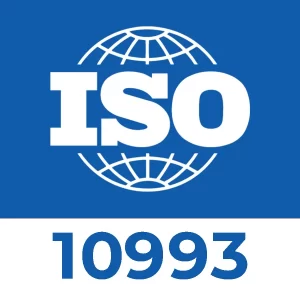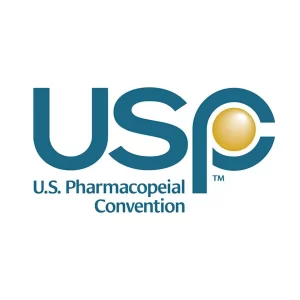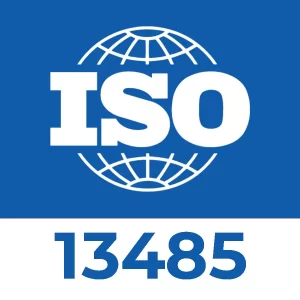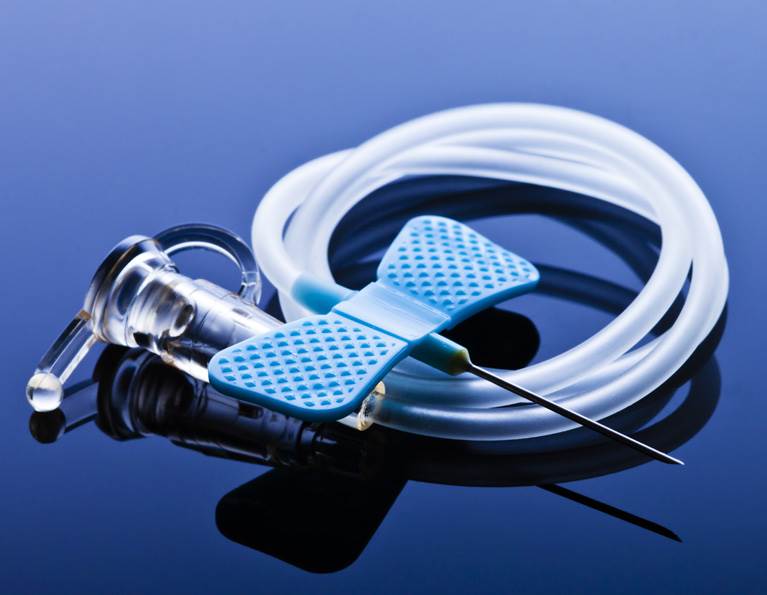Biocompatibility is a general term used to describe the property of material being compatible with living tissue or living system. Non-toxic, injurious, or physiologically reactive materials to the body or bodily fluids are considered biocompatible and are well sought after by medical device engineers. In simple words, biocompatibility tests are not to prove chemical compatibility; but rather to confirm a lack of immune reaction to the material or device.
Choosing the right material during the design process gives manufacturers more confidence in an FDA approval. Biological reactivity testing is one such process used for determining suitability and safety. There are three main tests that indicate if a material is biocompatible or not. But first, let’s sê what is FDA Approval.
FDA Approval

The FDA does not grant certification or approval of adhesive for use in the manufacturing of medical devices. However, most medical device manufacturers that now use adhesive in the assembly of their devices usually do require the adhesives they select for evaluation to meet USP VI and/or ISO 10993 biomedical testing.
Since the user must submit his part for final testing and FDA certification, an adhesive’s qualification to ISO 10993 or USP Class VI is viewed as sufficient to allow a user to determine “probable” device acceptance.
ISO 10993 Biocompatibility Testing

With the purpose of standardizing the biological evaluation of medical devices worldwide, the International Standards Organization (ISO) developed ISO 10993- a set of standards outlining material categories, tests, and test methods used to determine the biocompatibility of materials.
The ISO strategy categorizes medical devices by type of body contact (surface device, external communicating device, and implant device) and by contact duration (limited, prolonged, and permanent). For each resulting medical device, category ISO provides a set of suggested evaluation tests. Typical tests include:
- ISO 10993-4 Hemolysis
- ISO 10993-5 Cytotoxicity
- ISO 10993-6 Implantation 14 Days
- ISO 10993-10 Intracutaneous: Sensitization and Irritation
- ISO 10993-11 Systemic Toxicity
In general, adhesives and sealants are not required to pass all ISO tests. However, it is expected that they pass the cytotoxicity test. As a fast, standardized, sensitive, and inexpensive test, the cytotoxicity test concludes if an adhesive has any adverse effect on mammalian cells. It involves culturing cells in vitro and systematically exposing them to the material in question to see if any reactions or signs of toxicity show up over a few days.
USP Class VI Biocompatibility Testing

Historically, standards were set by the US Pharma Convention (USP), a non-profit organization with a focus on medications, healthcare technologies, food ingredients, and materials used in medical devices. These standards categorize materials into six classes depending on the product’s specific use and duration of patient contact time (limited, prolonged, or permanent).
It includes three reactivity assessments that are usually performed in vivo on mice or rabbits to ensure accuracy.
Acute Systemic Toxicity (Systematic Injection) Test: Measures toxicity and irritation when a sample of the compound is administered orally, applied to the skin, and inhaled.
Intracutaneous Test: Measures toxicity and localized irritation when the sample is in contact with live subdermal tissue (specifically, the tissue that the medical device is intended to contact).
Implantation Test: Measures toxicity, infection, and irritation of intramuscular implantation of the compound into a test animal over several days.
Adhesives and sealants that qualify for this designation are typically very safe for use in medical devices. However, materials passing the USP class VI tests are not guaranteed to be biocompatible for every application. It’s simply a strong validation that the materials used are of high quality with low levels of toxicity.
ISO 13485 for Medical Device Adhesive
ISO 13485 is an international quality standard that enables medical device manufacturers to specify and implement process and production controls, in addition to providing them with documentation and traceability. In our case specifically, it covers the design and development, production and distribution of adhesive for non-active medical devices.
ISO 13485 certification requires an organization to review many aspects of its operations with the goals of identifying, implementing, and complying with industry quality standards and practices. Areas of emphasis include:
- Design control: All processes involved with product design are identified and documented, including user needs, workflow, design inputs, and outputs, verification and validation
- Process and production controls: Managed with a quality management software, including over 2,000 pages of supporting documents
- Change management control: As problems are uncovered over a product’s lifecycle, processes are audited and improved to eliminate or minimize the issue
- Product traceability: Cradle to grave visibility and surveillance from raw material to finished resin
- Risk management: Each process is documented and analyzed for risk based on probability and severity
For more information, please contact us at:
Hotline: (+84) 984 695 398
Email: gluexpert@prostech.ph





